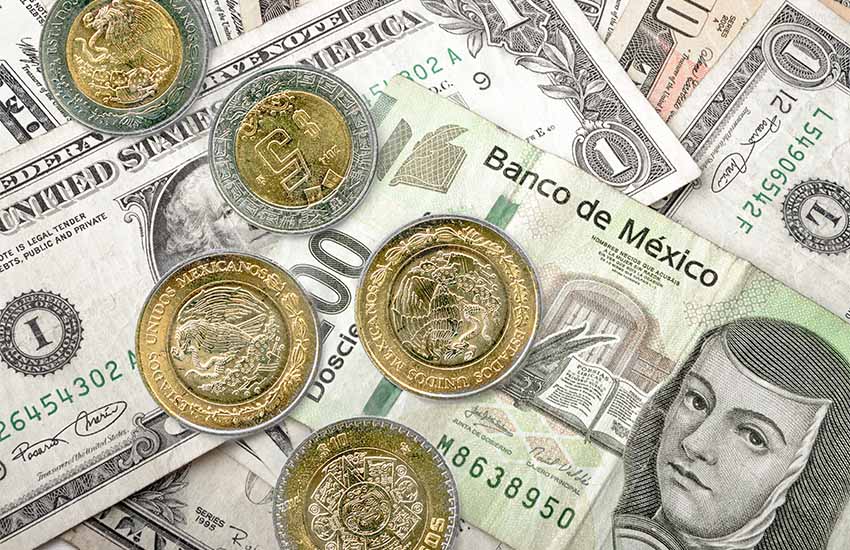Dollar Pesos

In the realm of global economics, currency dynamics play a pivotal role in shaping trade, investment, and financial stability. Among the myriad of currency pairs, the relationship between the US dollar and the Mexican peso stands out as one of the most intriguing and impactful. This article delves into the unique factors influencing the fluctuation of the dollar-peso exchange rate and examines the implications for various stakeholders.
Table of Contents
ToggleUnderstanding the Dollar-Peso Relationship
The USD/MXN exchange rate reflects the value of one US dollar in terms of Mexican pesos. Like all currency pairs, it is subject to fluctuations driven by a multitude of factors, including economic indicators, geopolitical events, monetary policies, and market sentiment. However, the dollar-peso relationship possesses certain unique characteristics that distinguish it from other currency pairs.
Economic Interdependence
The economies of the United States and Mexico share a complex interdependence shaped by geographical proximity, trade relationships, and labor markets. As the largest trading partner of Mexico, the United States exerts significant influence on the Mexican economy. Changes in US economic indicators, such as GDP growth, employment data, and consumer spending, often reverberate across the border, impacting investor confidence and the value of the peso.
Trade Dynamics and NAFTA/USMCA
The North American Free Trade Agreement, later replaced by the United States-Mexico-Canada Agreement , has profoundly influenced trade patterns and investment flows between the US and Mexico. The stability and terms of these agreements directly impact the dollar-peso exchange rate, as any disruptions or uncertainties in trade relations can trigger volatility in currency markets.
Monetary Policy Divergence
The monetary policies pursued by the Federal Reserve in the US and the Bank of Mexico also play a crucial role in shaping the dollar-peso dynamics. Disparities in interest rates, inflation targets, and central bank interventions can lead to divergent currency movements. For instance, if the Fed adopts a hawkish stance by raising interest rates to curb inflation, the dollar may strengthen against the peso, all else being equal.
Geopolitical Factors
Geopolitical events and developments can introduce significant volatility into the dollar-peso exchange rate. Factors such as political instability, border tensions, and policy shifts can influence investor confidence and risk perceptions, leading to abrupt movements in currency markets. For example, heightened political uncertainty in either country may trigger capital outflows and currency depreciation.
Implications for Stakeholders
The fluctuation of the dollar-peso exchange rate carries diverse implications for various stakeholders:
Businesses engaged in cross-border trade and investment must carefully manage currency risk to mitigate potential losses arising from exchange rate volatility.
Investors involved in currency trading or holding assets denominated in USD or MXN should stay abreast of economic indicators and geopolitical developments to make informed decisions.
Policymakers in both countries must coordinate efforts to maintain economic stability and foster confidence in currency markets, particularly during periods of uncertainty.
Consumers may experience fluctuations in the prices of imported goods and services, impacting purchasing power and inflation rates.
Tourists and travelers planning trips between the US and Mexico should consider the prevailing exchange rate when budgeting for expenses.
Conclusion
The dollar-peso relationship embodies a multifaceted interplay of economic, political, and institutional factors, making it a fascinating subject of study for economists, policymakers, investors, and businesses alike. As globalization continues to deepen and regional dynamics evolve, understanding the nuances of this currency pair becomes increasingly essential for navigating the complexities of the global economy. By keeping a watchful eye on key drivers and trends, stakeholders can better anticipate and respond to changes in the dollar-peso exchange rate, thereby mitigating risks and seizing opportunities in an ever-changing financial landscape.





